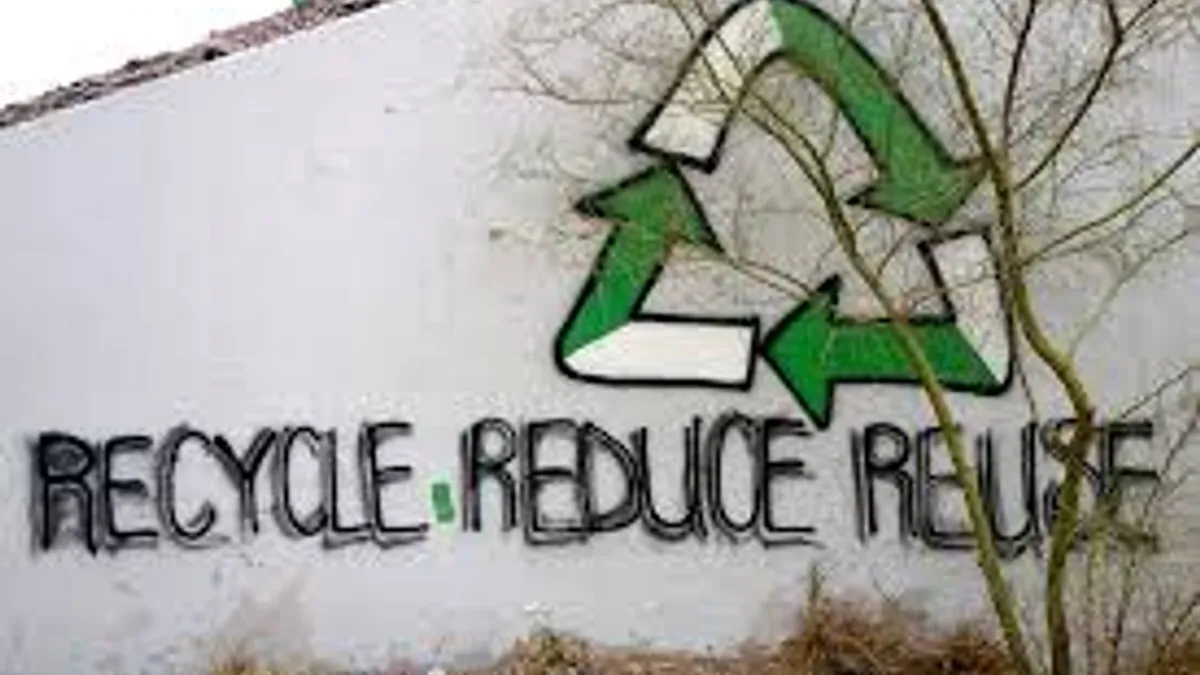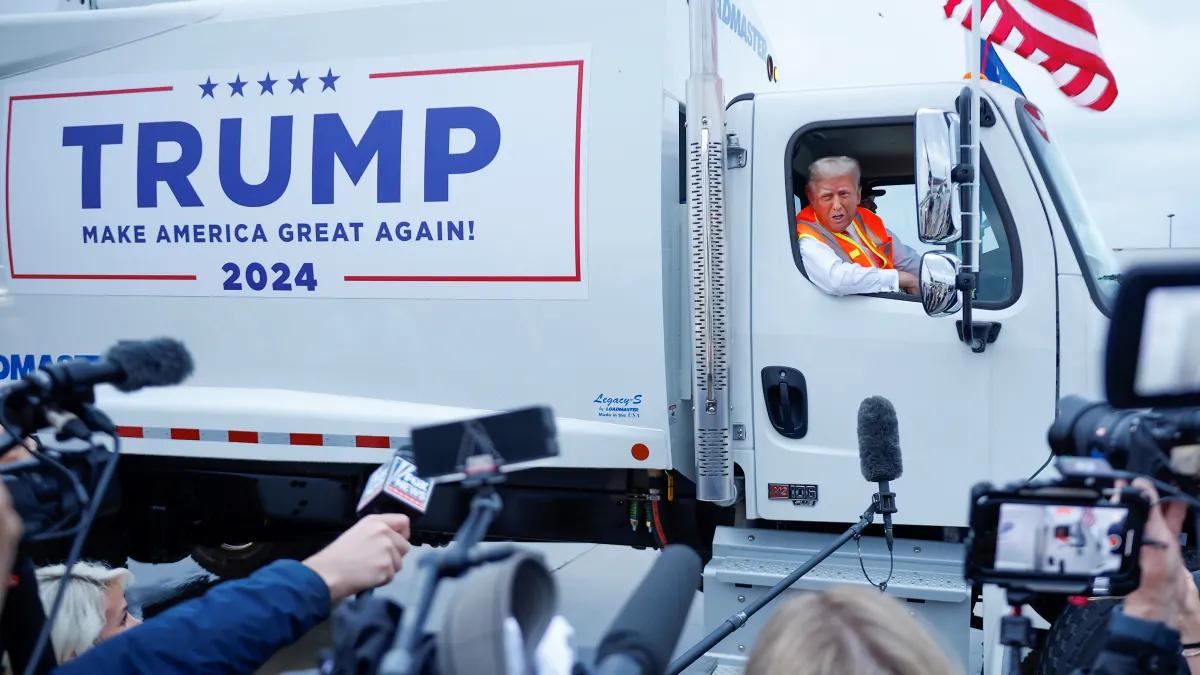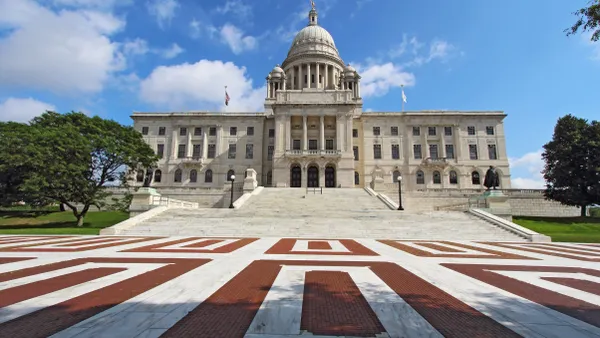Editor's Note: The following is a guest contribution from Richard Fuller and Magdalene Sim of the sustainability consulting firm Great Forest, Inc.
In a recent New York Times article "The Reign of Recycling," John Tierney restates an old argument he made in 1996 against recycling. He concludes:
"… cities have been burying garbage for thousands of years, and it’s still the easiest and cheapest solution for trash."
But this is not true. Trash has many components and simply burying them all in a landfill is not cost effective, nor is it good for the future.
The most significant part of the waste stream is paper. Various types, including cardboard, have strong markets that are extremely cost effective comparative to landfilling. Tierney admits that. In the U.S., paper makes up the largest percentage of the municipal solid waste stream — 27% — according to 2013 figures. For office waste, across the country over 80% is paper and cardboard. Metals are also very cost effective to recycle.
Recycling paper requires 40% less energy than to produce it from virgin materials, while aluminum made from recycled cans uses 96% less energy. Tierney correctly notes that according to EPA estimates, "virtually all the greenhouse benefits — more than 90% — come from just a few materials: paper, cardboard and metals like the aluminum in soda cans."
So if you decide to landfill your entire waste stream, you will be burying a lot of recyclable commodity that has value, not only to the environment, but also to the economy.
If cost is the driving factor in the argument to landfill instead of recycle, this is shortsighted because prices change and markets go up and down.
Some parts of the waste stream are difficult in some markets, like how plastics do not make much sense in New York — where #1 and #2 have strong markets, other types do not. But in other markets, this is not the case. Plastic recycling is currently more cost effective in India and China than in the U.S. When the price of oil rises — and it will — the demand for recycled materials like plastics will increase. So even if it is cheaper and easier right now to landfill instead of recycle plastic, this will change.
Many factors affect the price of recycling, which varies from location to location. This includes hauler and tipping fees, the markets, and cost of labor. While composting is not very cost effective right now in New York City because of space constraints and a lack of nearby processing facilities, it is thriving in places like San Francisco, where compost from mandatory organics recycling end up back in gardens, landscapes, and even fertilizing vineyards in Napa and Sonoma.
Disrupting or rolling back on recycling would mean rolling back on all the investment and progress made in recycling over the years, including money and effort spent on developing and implementing programs, education and training.
Picking and choosing what to recycle based on the ever-changing markets is not only inefficient, but counter productive. Constant changes to a city’s or company’s recycling program produces confusion. For example, New York City’s recycling rate has still not recovered from disruptions to its recycling program instituted in the early 2000s, with rates going from 21% in 1999 before the cuts, to 13% in 2002. Today, it hovers around 15%.
Many things have changed over the thousands of years since people began burying trash. Today, there are more people on earth generating an exponentially greater amount of garbage, including a lot more toxic trash than ever before. Simply putting it into the ground is not a forward-looking solution.
We also have finite resources. A long-term view of stewardship requires us to think about our activities as being circular, not linear. For example, the U.S. reportedly now has more solar workers than coal miners. In addition, some reports have estimated that recycling could create 1.5 to 2.3 million jobs.
In the words of the Pope, it is "… easy to accept the idea of infinite or unlimited growth, which proves so attractive to economists, financiers and experts in technology. It is based on the lie that there is an infinite supply of the earth’s goods, and this leads to the planet being squeezed dry beyond every limit."
What we need is not to bury our head in the sand, but to keep an eye to the future by closing the loop. We need to move to an economy that is circular and sustainable, not just for us, but for many, many more generations down the road.
Recycling is not just a viable option. Recycling is inevitable.













